Top categories
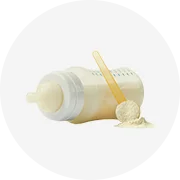
Baby Food

Kids Accessories
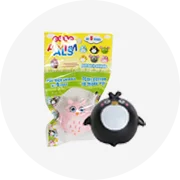
Promotional Toys
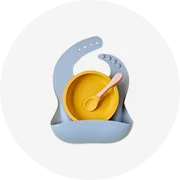
Baby Supplies & Products
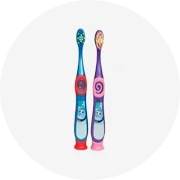
Baby Care
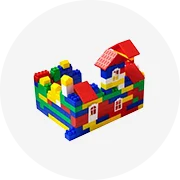
Blocks & Model Building Toys
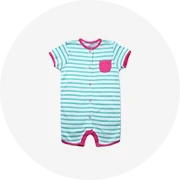
Baby Clothing
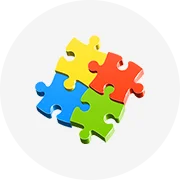
Puzzle & Games

Toddler Clothing

Baby Furniture
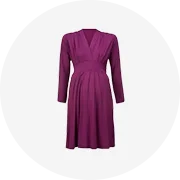
Maternity Clothes
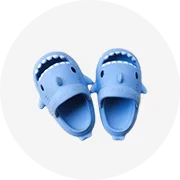
Kids Shoes

Balloons

Stuffed Animals & Plush Toys
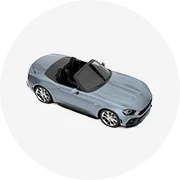
Toy Vehicle
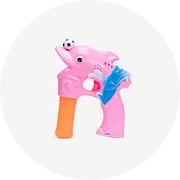
Outdoor Toys & Structures
About products and suppliers
Exploring the Versatile World of Sand Tables
Sand tables have emerged as a multifaceted tool, not only as a staple in children's play areas but also as a dynamic educational resource. These tables, which often combine both sand and water play table elements, provide a sensory experience that can aid in the cognitive development and fine motor skills of young learners. The versatility of a sand table allows it to be a centerpiece in various settings, from living rooms and bedrooms to outdoor playgrounds and commercial amusement parks.
Types and Materials of Sand Tables
The construction of sand tables varies widely, with materials ranging from durable plastics to robust metals such as steel. The choice of material often reflects the intended use, whether it's for light indoor play or for withstanding the elements outdoors. For instance, a childrens sand table is typically made of lighter, child-safe materials, while a model designed for outdoor use might incorporate heavier, weather-resistant metals.
Age-Appropriate Designs
Manufacturers of sand tables take into account the developmental stages of children, offering designs suitable for ages ranging from 2 to 13 years. The complexity and features of the table will often correlate with the age group it is designed for. For example, a sand and water play table intended for toddlers may have simple basins for sensory play, while tables aimed at older children might include intricate landscapes for more imaginative scenarios.
Applications and Features
Beyond play, sand tables serve as educational tools in various settings. In an indoor commercial amusement park, a water play activity table can be both a source of entertainment and a means of learning about the properties of water and sand. The inclusion of sand table toys enhances the interactive experience, allowing children to explore and create while developing social skills through shared play.
Advantages of Sand and Water Tables
The benefits of incorporating a sand table water table into a child's environment are manifold. These tables encourage tactile exploration, which is crucial for sensory development. They also foster creativity, as children mold and shape the sand, learning about textures and consistency. Moreover, when sand for sand and water table is used, it can help children understand the concept of volume and practice cooperative play.
Choosing the Right Sand Table
Selecting the appropriate sand table requires consideration of the material, size, and features that align with the children's ages and the intended use of the table. Whether it's a water play table for a toddler or a more sophisticated sand table for an older child, the key is to find a balance between safety, educational value, and fun. While Alibaba.com does not endorse any specific products, the platform offers a broad range of options to cater to various needs and preferences.



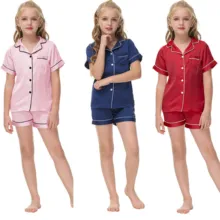



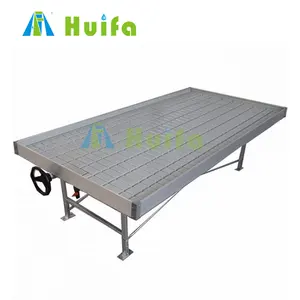







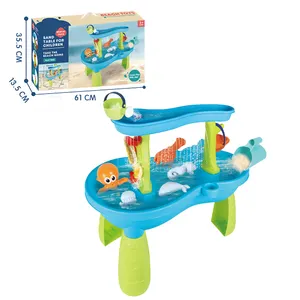
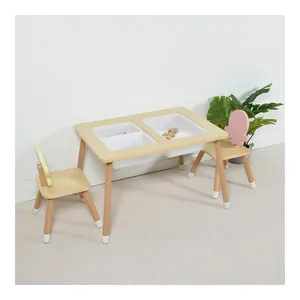








 浙公网安备 33010002000092号
浙公网安备 33010002000092号 浙B2-20120091-4
浙B2-20120091-4